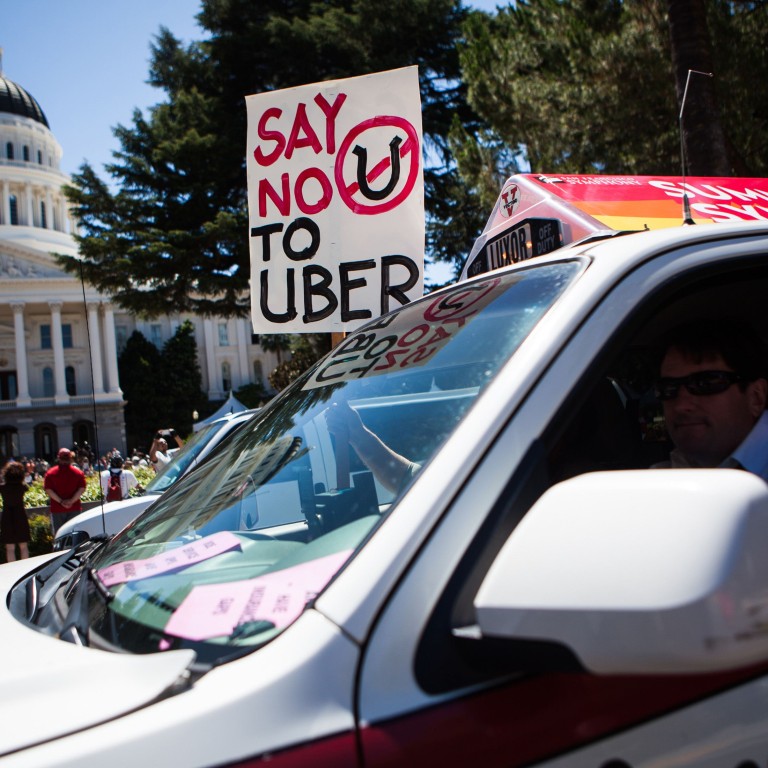
Smartphone car service undercuts New York’s yellow taxis
The car-hailing service Uber is taking on New York's taxis, temporarily dropping some of its prices by 20 per cent. The company says its lower-end service is now cheaper than the city's famous yellow taxis.
The car-hailing service Uber is taking on New York's taxis, temporarily dropping some of its prices by 20 per cent.
The company says its lower-end service is now cheaper than the city's famous yellow taxis. A ride from Grand Central Terminal to the financial district will now cost US$22, down from US$28 before the sale. Uber said a similar ride in a taxi cost US$24.
The sale in the United States' largest city - one heavily dependent on taxis - comes following similar temporarily reductions in the past month in Atlanta, Boston, Washington, Los Angeles, Chicago and San Francisco. Uber says if the reduced fares attract more passengers, it is more likely to keep the prices low.
The trade group for taxi drivers said that Uber was just lowering prices to knock out the competition and would later increase its fees.
Ethan Gerber, executive director of the Greater New York Taxi Association, added in a statement that yellow taxis were "the most reliable, most regulated cabs" and that Uber's sale was "more about generating publicity then building a solid product".
Founded in 2009, Uber connects cars with passengers though its GPS-enabled smartphone app. Many of its drivers have black Lincoln Town Cars or SUVs and compete with traditional limo or car-service companies, where passengers call to arrange a ride.
Uber users instead verify their location on a smartphone map, request a car, and then track its progress as it makes its way to their location.
The San Francisco-based company also offers a cheaper car service called UberX. The run-of-the-mill sedans and minivans passengers jump into lack the lustre of the Town Cars, but come at a lower cost. That service is the one now discounted from 20 to 25 per cent.
The lower fares do not factor in Uber's "surge pricing", charged when there is great demand for cars. For instance, during heavy rain or snowstorms or on busy holidays, Uber might double or triple its rates in some neighbourhoods.
Besides traditional taxis and car services, Uber competes with other smartphone-based car services like Sidecar and Lyft, which is now entering the New York market.
